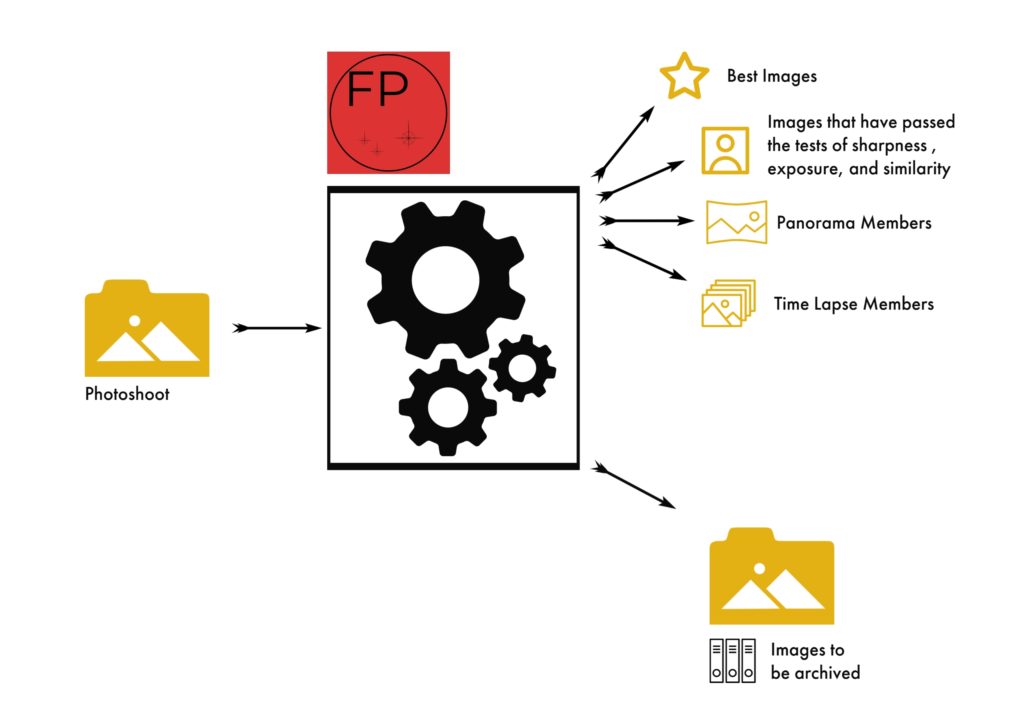Reminder: what rating stars are
OK, so the 1-5 stars serve as a rating system, “allowing users to quickly identify which photos they prefer and which they would like to discard. The specific method used to assign stars to photos varies, but it may be based on factors such as image quality, composition, and subject matter.” (chatGPT)
Whereas they are many ways to define the rating system, I like this one very much.
Reminder: what automated photo culling is
“Automated photo culling is the process of automatically sorting and selecting the best photos from a large group of pictures, typically using computer algorithms and machine learning techniques. The goal is to quickly sort through many photos and select the ones that are deemed to be of high quality, have good composition, and meet certain criteria, such as the right lighting and exposure, without requiring manual inspection by a human. This process can save time and make it easier to organize and manage large photo collections.”
Why both are rarely good friends
Using rating stars for automated photo culling can be helpful, but it is not the only consideration for determining which photos to keep or discard. There are many factors that can influence the quality of a photo, such as lighting, composition, subject matter, and personal preference.
AI photo culling is so far not good at rating these factors but can assess the image quality from a technical perspective (exposure, sharpness, sometimes composition, but the latter is arguable).
Therefore, relying solely on rating stars for automated photo culling may not produce the desired results and it is important to consider other factors as well.
The automated photo culling happens, by definition, before the post-processing of the “good” images. This means that eventually, there are only 2 kinds of images: to be post-processed or not (archived or deleted). OK it can be more complicated: you can also “flag” the “best images”, these “favourites” images you want to post-process right away and publish ASAP. Because we are emotionally involved in photography. But applying rating stars is something to rather do after the post processing. If not months after publishing them…
Why rating stars and automated photo culling can nevertheless make sense
Because it depends on the photographer’s workflow: how the photographer is using the rating stars. If you know what you do and you like to use rating stars with your automated photo culling, that’s perfectly fine.
As explained above, I would not qualify it as best practice though and I don’t recommend it…
How I prefer to proceed
I prefer the approach described before: rating stars are much for after post-processing than before. I tend to believe more in a “flag as picked” / “set as rejected” workflow with some subtilities for some kind of photography or businesses of photography. Again I prefer not to mix rating of the images with the workflow itself, as I want to keep it efficient: the idea is to delete (or archive) as many images as possible. Yes, it can be tough for many people, but that’s something I deeply believe in.
What has been implemented in Futura Photo (a desktop application that can automate photo culling and can organize photos before starting post-processing. Futura Photo acts as a ‘smart and personalized assistant’.):

Disclaimer: I am the founder of Camera Futura, the company behind Futura Photo



